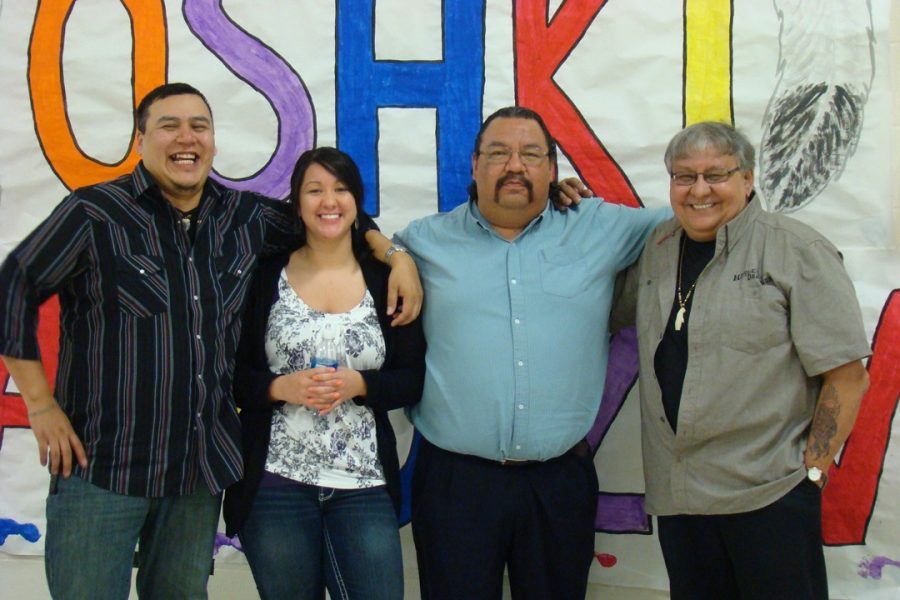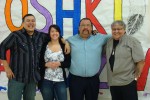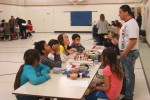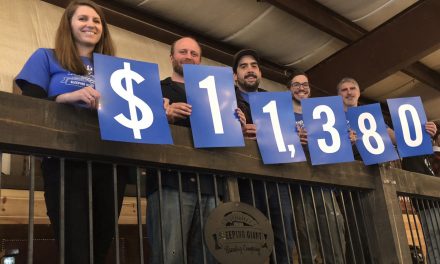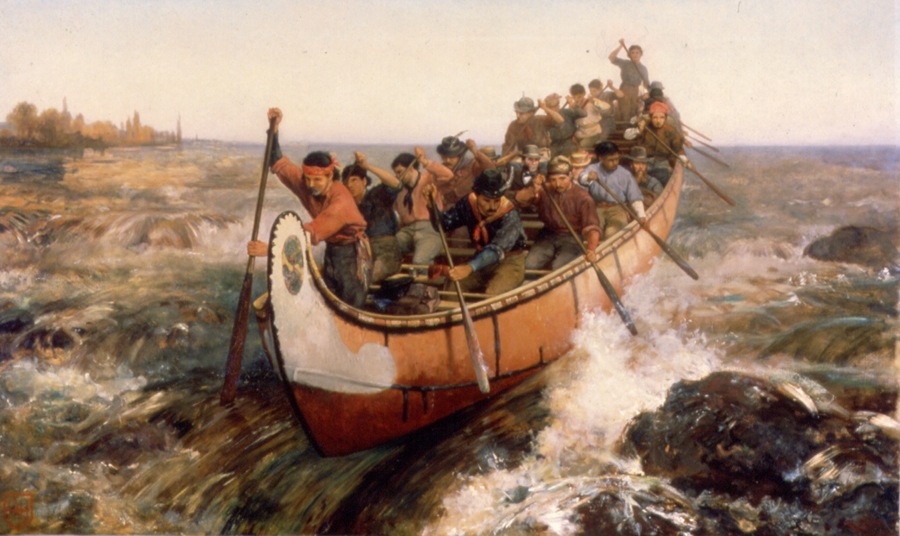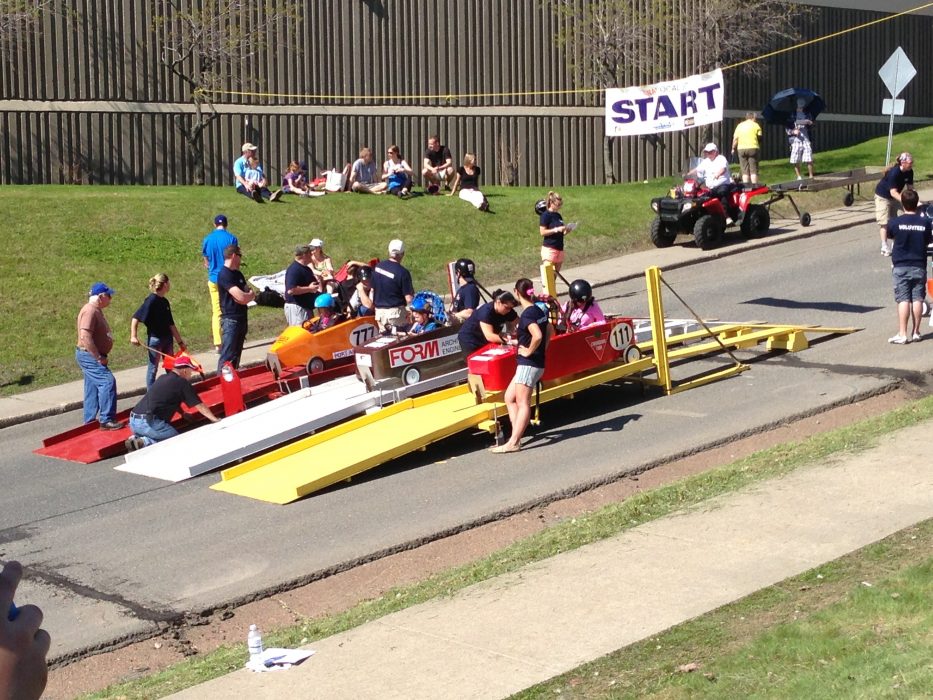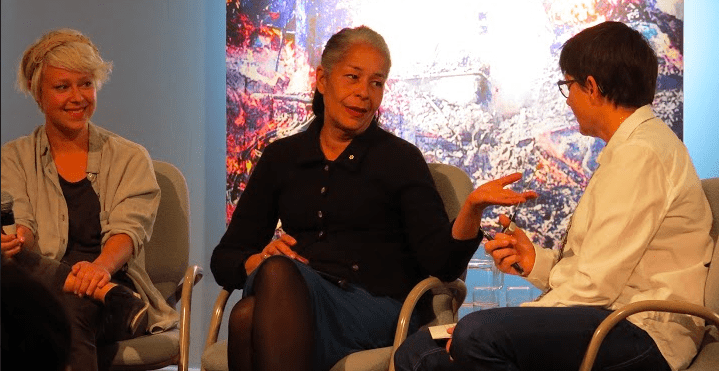By Pat Forrest
Biwaase’aa Youth Outreach Worker Kelvin Redsky can sum up himself and his fellow workers in just a few words.
“We are”, he says, “the real deal”.
What Redsky means is that he and the other outreach workers who work with children in need in seven Thunder Bay schools are not only trained to help them with their school work but are also able to support their cultural and spiritual needs. They are able to do this, says Redsky, because they all are steeped in and, in many ways, living the Aboriginal traditions. Among their ranks are pipe carriers and drum carriers who are all, he says, mindful of the responsibilities that go with the positions.
“We can’t teach what we know from books”, he said. “Our ancestors did not write things down so now it is our job to pass the teachings down, sharing our knowledge about prayer, the pipe, language, medicine, regalia making and music.”
In doing so, the workers find that the children—Aboriginal and non-Aboriginal alike—grow in self-confidence and eagerness to learn.
“These are children who need to find themselves and to take pride in who they are. We are able to steer them in that direction”, he says.
Started in 2004 out of the Urban Aboriginal Strategy, Biwaase’aa is an in-school and after-school that has been designed to eradicate child poverty by increasing the life skills and their families through strategies of cultural awareness, academic improvement, structured activities and nutritional support.
Biwaase’aa has been carefully and culturally designed to serve the needs of Aboriginal youth and their families living in Thunder Bay who are experiencing the effects of poverty. However, Biwaase’aa is an inclusive program for both Aboriginals and non-Aboriginals.
A former Chief of Shoal Lake 40, Redsky says he has always enjoyed listening to the teachings of the elders. Moving away from home at age 13 for high school, however, he found himself thrown into a different society with no-one to turn to except a guidance counsellor. As a result he feels real empathy for the children he supports.
“I have been in their shoes and I know how hard it can be to fit in”, he said.
Redsky said that it often seems like the non-Aboriginal children are more eager to learn about the traditions and teachings than the Aboriginal youngsters who are more intent on trying to be like everyone else.
“The non-Aboriginal children seem to so eager to learn. I have one girl who wants to dance and make a regalia. In the drum group we have more non-Aboriginal kids than Aboriginals. This is how to combat racism”.
With funding for the program now in jeapordy, Redsky worries about the future of the children.
“We are like a second family to them. Most of their bad behaviours come from situations at home and we are able to offer them a safe haven away from home. I’m concerned about where they will go and what they will do if the program comes to an end”.
At Sherbrooke School, Youth Outreach Worker Sarah Wright also supports the students in a variety of ways. The Fort Frances native and a member of Coochiching First Nation helps to improve the literacy those students who are struggling and mentors two groups of girls.
Like Redsky, she also recognizes the importance of making the children more aware of their culture.
“Many of the children come from the northern reserves but have little or no awareness of their culture”, she says.
“When we help to improve their cultural awareness, we are playing a big role in helping them develop their self-esteem and confidence”.
Wright says that the after school program plays an important role in making the children feel emotionally and physically safe.
“It’s hard to imagine what they’d be doing if they didn’t have the program”.
The Youth Outreach Workers also deliver the Roots of Empathy initiative, a 27-week an evidence-based classroom program that has shown significant effect in reducing levels of aggression among schoolchildren by raising social/emotional competence and increasing empathy.


